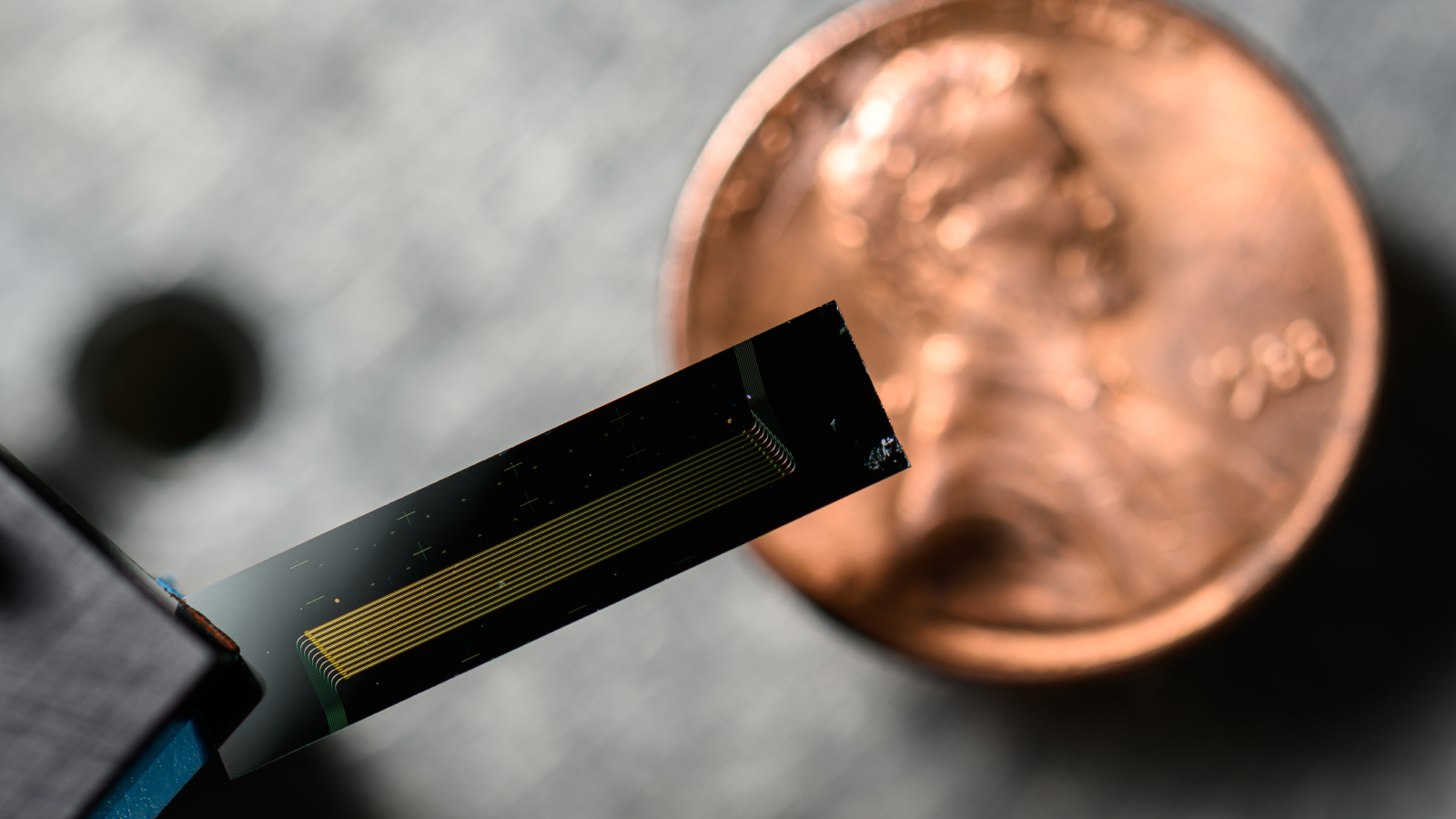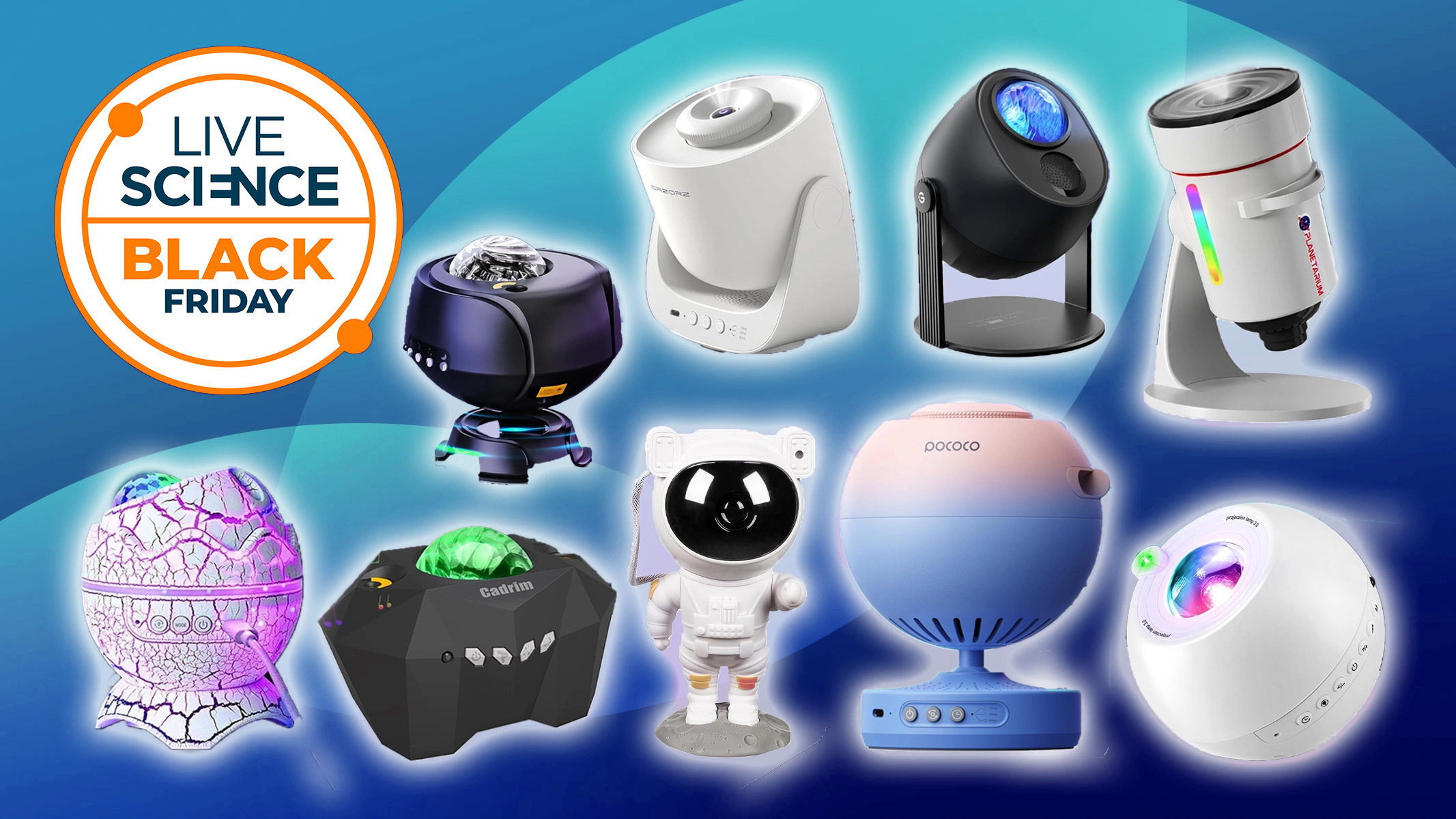Penny-sized laser could help driverless cars see the world so much clearer
Researchers have created an ultrasensitive laser the size of a penny that could improve lidar technology, boosting autonomous vehicles in the process.

Scientists have created a penny-sized laser that they say could improve the way that autonomous vehicles can navigate the streets.
The laser is intended to enhance a scientific technique called optical metrology — in which light is used to measure and identify objects.
They envision several applications for their invention, including lidar (light detection and ranging), which is used to provide autonomous vehicles with the live data they need to navigate the roads.
Vehicles equipped with lidar sensors bounce light off their surroundings using lasers that are invisible to the human eye, to collect information about the size, distance and velocity of surrounding pedestrians, vehicles and obstacles.
The team from the University of Rochester and the University of California, Santa Barbara contends that current lidar systems are too complex and prone to mistakes. They added that their laser solution can collect large, sophisticated data on surroundings at a far higher speed and accuracy than any predecessors.
"A more advanced form [of lidar] known as frequency-modulated continuous-wave LiDAR requires a large tuning range and fast tuning of the laser's frequency, and that's what our laser can do," Shixin Xue, lead author of the study and a doctoral student in electrical and computer engineering and optics at the University of Rochester, said in a statement.
Related: Groundbreaking amplifier could lead to 'super lasers' that make the internet 10 times faster
Get the world’s most fascinating discoveries delivered straight to your inbox.
For example, the researchers used the laser to pick out the letters "U" and "R" built out of Lego bricks on a spinning disk. This shows its ability to track details on fast-moving objects, crucial for autonomous driving as well as in a range of other scenarios.
The team described its approach in a study published May 30 in the journal Light: Science & Applications.
Powering future autonomous vehicles
Xue also described the way that they have shrunk down the equipment required for a process called Pound-Drever-Hall (PDH) laser frequency locking — used to reduce and stabilize a laser’s noise. The equipment typically needed for this — including an intrinsic laser, an isolator, an acoustic optic modulator, and a phase modulator — would typically be the size of a desktop computer.
“It’s a very important process that can be used for optical clocks that can measure time with extreme precision, but you need a lot of equipment to do that,” said Xue in the statement. "Our laser can integrate all of these things into a very small chip that can be tuned electrically.”
In the future, the device could be used to improve the performance of lidar in a much smaller package. Current autonomous systems, such as those found in Waymo cars, need an enormous sensor on top of the car to operate with safety and accuracy, which affects aerodynamics.
The new laser could help in the production of autonomous vehicles that need very low air drag, such as autonomous aircraft, as well as being used for systems that require incredibly accurate lasers, such as quantum information processing or the detection of gravitational waves, according to the researchers.
The team demonstrated that the laser can emit 20 quintillion pulses of light per second – a billion billion – and allowed objects moving at up to 131 feet per second (40 meters per second) to be measured from a distance of 1.3 feet (0.4 m). The laser also proved highly reliable, running for up to 60 minutes.
The U.S. Defense Advanced Research Projects Agency (DARPA) partly supported the research as part of its Lasers for Universal Microscale Optical Systems (LUMOS) program, which aims to improve photonics by supporting the construction of more complex, powerful machines.
Rory Bathgate is a freelance writer for Live Science and Features and Multimedia Editor at ITPro, overseeing all in-depth content and case studies. Outside of his work for ITPro, Rory is keenly interested in how the tech world intersects with our fight against climate change. This encompasses a focus on the energy transition, particularly renewable energy generation and grid storage as well as advances in electric vehicles and the rapid growth of the electrification market. In his free time, Rory enjoys photography, video editing and science fiction. He joined ITPro in 2022 as a graduate, after completing an MA (Hons) in Eighteenth-Century Studies at King’s College London. You can contact Rory at rory.bathgate@futurenet.com.
You must confirm your public display name before commenting
Please logout and then login again, you will then be prompted to enter your display name.

